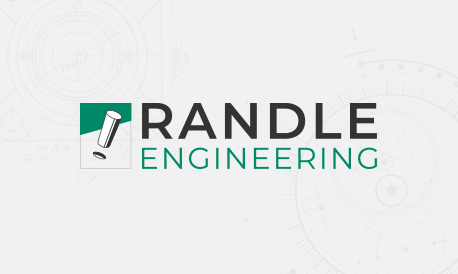
As the automotive industry advances towards higher levels of automation, vehicle manufacturers are increasingly integrating ‘X-by-wire’ systems – such as throttle-by-wire, shift-by-wire and brake-by-wire – to support automated driving functions.
These systems remove the mechanical connection between the user input and the vehicle actuation systems, replacing them with sophisticated networks of sensors, controllers and actuators that precisely control the vehicle in response to the user input.
Unlike other X-by-wire systems that have seen widespread adoption, steer-by-wire has remained a rarity in series production vehicles. Most manufacturers have opted for electric power assisted steering (EPAS) to enable their automated driving features. However, steer-by-wire offers significant advantages over EPAS, including enhanced handling characteristics, greater flexibility in component packaging and the ability to tune steering feel late into the development process.
This white paper explores these advantages and contrasts them with the challenges manufacturers face in developing steer-by-wire systems for series production.
It offers a comprehensive view of this emerging technology and its application, summerising how it will shape the future development of steering systems.
To receive a copy of this whitepaper, please submit your details below



